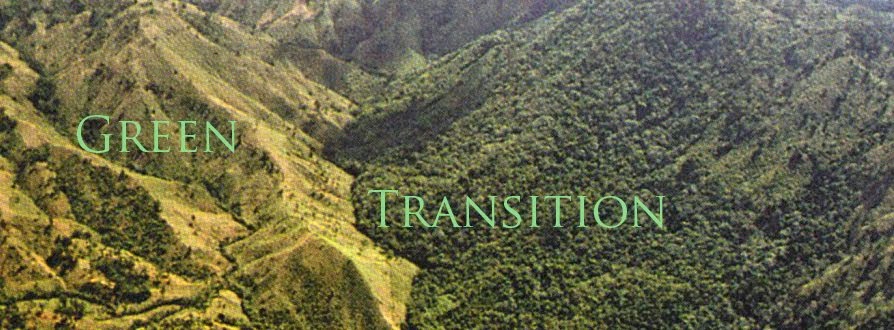.jpg) |
| A view of Machester from Kersal Moor, Willian Wylde (1852) |
The industrial revolution that occurred in
Britain during the mid to late 18th century initiated an
unprecedented increase in material living standards that continues today.
Before the mid-18th century, income per capita was stable and
relatively equal across the world with the emergence of global
inequality occurring concurrent with the industrial revolution (see below).
.png) |
| Gross domestic product per capita depicting data from Maddison (2007) |
This has led to
the period being known as ‘the great divergence’. As the historian P.H.H. Vries
writes:
‘The great divergence in the end, by definition, must boil down to the fact that during its industrialisation Britain escaped from the Malthusian constraints and Smithian limits that characterised (advanced) organic economies’. (Vries 2001 p 423).
This escape from ‘Malthusian constraints’
described by Vries indicates how the industrial revolution caused a
considerable change in the relationship between economic activity and the
natural environment: from being limited by a dependence on the natural
environment, production was now able to accelerate considerably through mineral
and fossil fuel exploitation (Thomas 1985).
However, although the industrial revolution changed the nature of the
production-environment relationship, it did not terminate it; contemporary
economic activity remains dependent on the environment. The present-day
dependence of production on the natural environment might seem obvious to some,
but I believe that the relational shift caused by the industrial revolution has
led to a chronic neglect of environmental considerations within mainstream
academic economics.
This is particularly apparent within the
esoteric subject of economic modeling. Whenever you hear that the IMF or some
similar institution has produced an economic forecast, it’s not just the
outcome of a bunch of suits sat in a room gazing at crystal balls. These
forecasts are produced using mathematical models of that consist of thousands
of equations intended to describe the significant relationships within an
economic system[1].
Establishing these relationships is a considerable task and therefore a degree
of simplification is necessary and, because the natural environment does not
overtly limit contemporary economic production, there has been a tendency to
‘simplify’ away environmental factors. Although major commodity prices such as
oil and grain are usually included, there is no consideration of soil
fertility, water quality, climate or any similar ‘uneconomic’ environmental
variables.
Such oversight is dangerous. As previously
stated, economic activity is still dependent on and impacts the environment. If
models are unable to capture how these environmental impacts change in response
to economic variation and how these changes feedback into economic systems, the
environment is going to remain inadequately considered by policy makers and
economies are going to become increasingly vulnerable to external environmental
impacts. Thankfully, the environment-shaped hole in contemporary models is
being addressed by several projects that are attempting to create new models
capturing interactions between economic activity and the environment (for
example see Tukker et al 2009 and Peters et al 2011).
Although the particular environment-economy
relationships included in these new models differ between projects and are
often estimated from past data, which risks overlooking threshold effects, their development can only be seen as a good thing as
they are challenging orthodox models in which the economy is
represented as a self-contained system unbound from the ‘malthusian constraints’ of the environment.

No comments:
Post a Comment